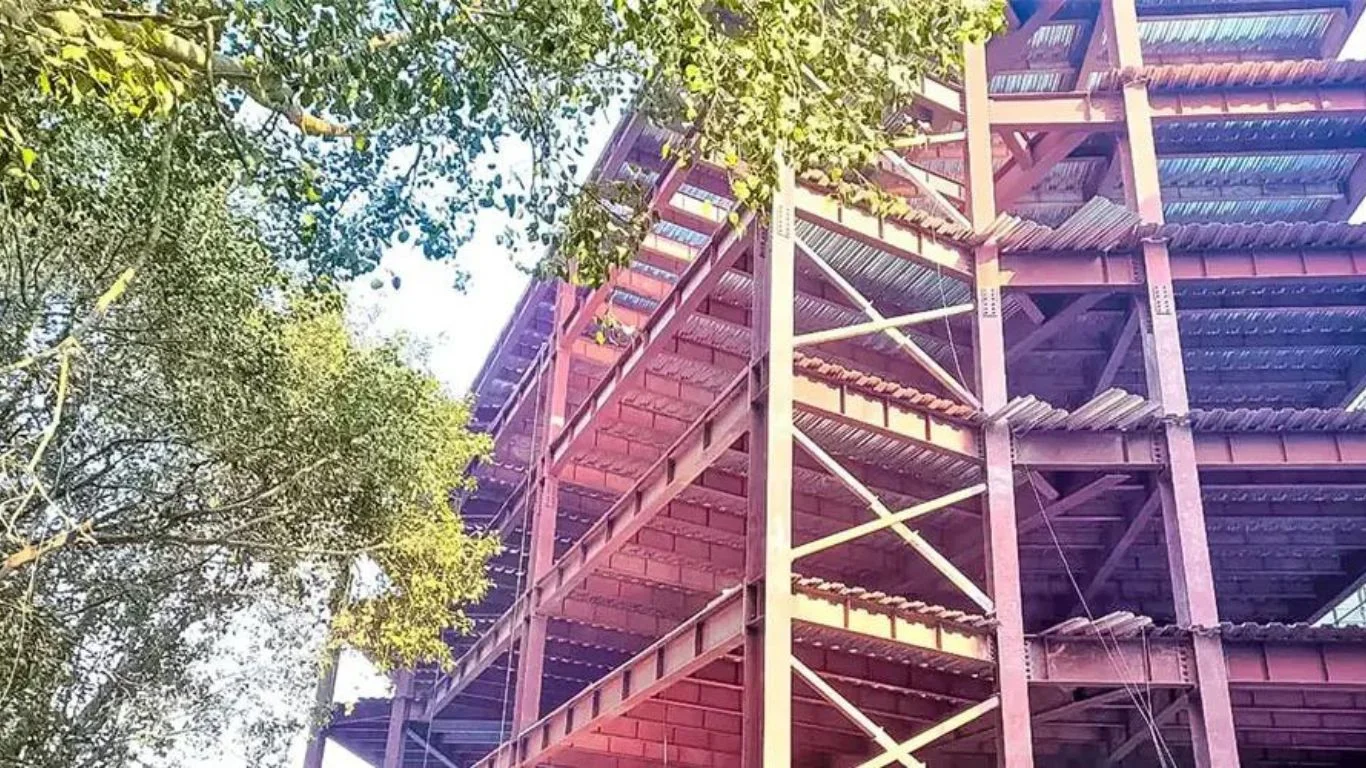Prefabricated buildings, also known as prefab buildings, are structures that are partially or fully manufactured off-site, in a factory or a manufacturing facility, before being transported to the building site for assembly. This is in contrast to traditional construction methods, where a building is constructed entirely on-site from raw materials.
Prefabricated buildings can come in a variety of forms, including modular buildings, panelized buildings, and pre-cut buildings. In modular construction, entire rooms or sections of a building are constructed off-site and transported to the building site for assembly. In panelized construction, the walls and roof of the building are manufactured off-site and transported to the site for assembly. In pre-cut construction, the building materials are cut to size in a factory and transported to the site for assembly.
Prefabricated buildings have several advantages over traditional construction methods. They can be manufactured quickly and efficiently, with less waste and fewer errors than on-site construction. They can also be more cost-effective, as they require less labor and materials than traditional construction. Additionally, they can be designed and built to be energy-efficient and environmentally friendly.











